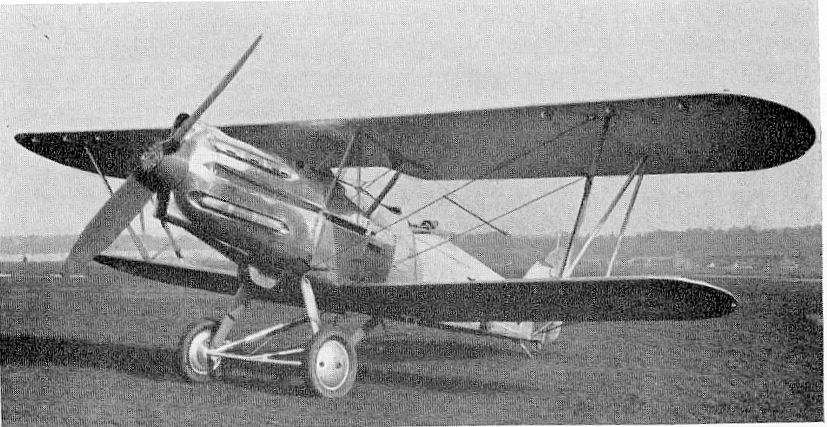Dagger was a horrible engine, over cooling on the ground and over heating in the air. The noise it made caused the crews intense discomfort. The only type that used it, the Hereford, was quickly relegated to training use.
And again, the Ministry *will* demand a change from Mercury due to their need for the obsolescent Blenheims, inexplicably seen as a "vital" type, so much so that machine tools used for Hercules production were switched to Mercury production (on Beaverbrook's orders) and slowed the introduction of the far superior engine by up to six months.
And again, the Ministry *will* demand a change from Mercury due to their need for the obsolescent Blenheims, inexplicably seen as a "vital" type, so much so that machine tools used for Hercules production were switched to Mercury production (on Beaverbrook's orders) and slowed the introduction of the far superior engine by up to six months.
Last edited:

